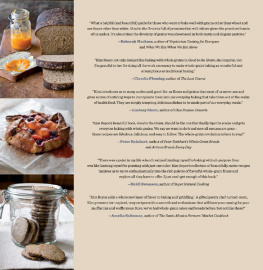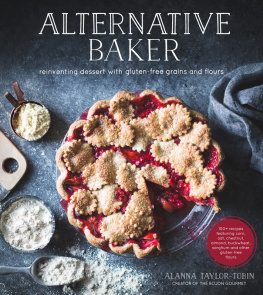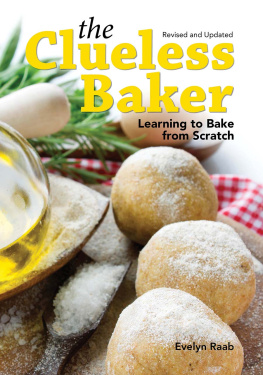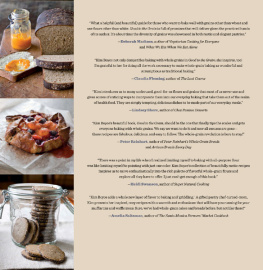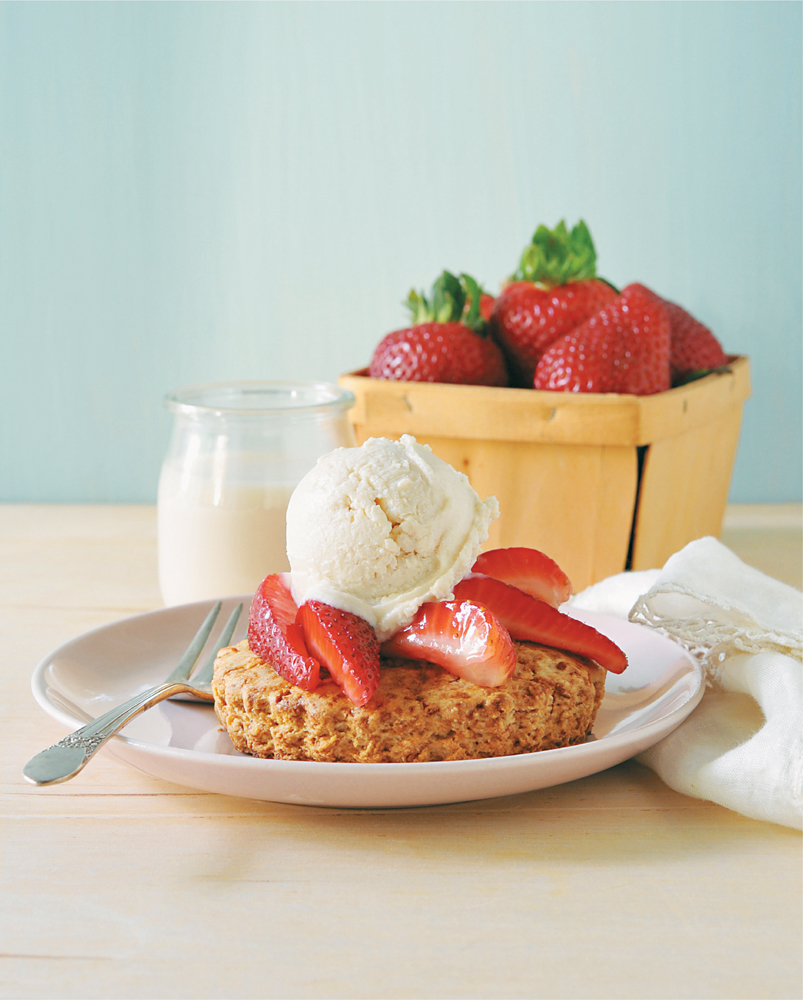Whole Grain
VEGAN BAKING
More Than
100 TASTY RECIPES
for Plant-Based Treats Made Even Healthierfrom Wholesome Cookies and Cupcakes to Breads, Biscuits, and More
celine steen and tamasin noyes

2013 Fair Winds Press
Text 2013 Celine Steen and Tamasin Noyes
Photography 2013 Fair Winds Press
First published in the USA in 2013 by
Fair Winds Press, a member of
Quayside Publishing Group
100 Cummings Center
Suite 406-L
Beverly, MA 01915-6101
www.fairwindspress.com
All rights reserved. No part of this book may be reproduced or utilized, in any form or by any means, electronic or mechanical, without prior permission in writing from the publisher.
17 16 15 14 131 2 3 4 5
ISBN: 978-1-59233-545-9
Digital edition published in 2013
Digital Edition: 978-1-61058-751-8
Hardcover Edition: 978-1-592335-45-9
Library of Congress Cataloging-in-Publication Data
Steen, Celine.
Whole grain vegan baking : more than 100 tasty recipes for plant-based treats made even healthier : from wholesome cookies and cupcakes to breads, biscuits, and more / Celine Steen and Tamasin Noyes.
pages cm
Includes index.
ISBN 978-1-59233-545-9
1. Vegan cooking. 2. Baking. 3. Cookbooks. lcgft I. Noyes, Tamasin. II. Title.
TX837.S737 2013
641.5636--dc23
2012030812
Book layout by meganjonesdesign.com
Photography by Celine Steen
To Jim and Chaz, for their loving support, and for never saying no to our kitchen creations.
Contents
Chapter One
First Steps into Whole Grain Bakingdom
Chapter Two
Great-for-You Breakfast Goodies
Chapter Three
Quick-as-Can-Bake Loaves and Muffins
Chapter Four
Taming the Wild Yeast Beast
Chapter Five
Smarter Snacking Sessions
Chapter Six
Perfectly Wholesome Desserts
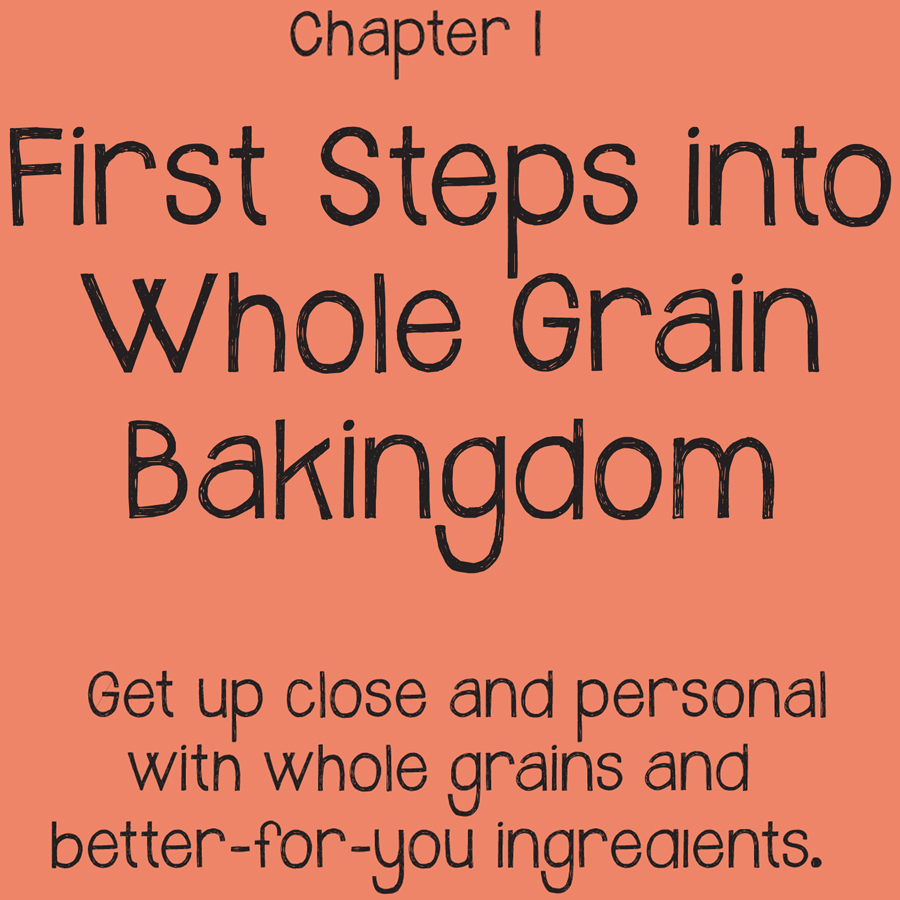
If you like to indulge in homemade goodness on a daily basis, but fear that refined flours wont fit the healthier lifestyle youre aiming for, this book is for you! Weve created wholesome, delectable baked treats that you can bite into with a clearer conscience. Read on before getting your bake on.
Stars of the Whole Grain Show
Its no secret that whole grains contain more fiber, which makes for longer-lasting satiety and better digestion, and that once milled into flours, they retain their bran and germ, which are their most nutrient-rich parts.
If youre used to eating refined flour-based goodies, it might take you just a little bit to adjust to whole grain treats. As your palate adapts to the fuller taste of whole grains, youll discover a subtle sweetness and a broad range of irresistible flavors and textures. Just let your taste buds do the talking. Chances are, youll have the same reaction we did and wonder why you ever wasted time and money on flours that arent naturally wholesome.
Some of the flours used in this book and listed below arent the kind you can pick up at the local convenience store, but they are easy to find in well-stocked natural food stores, specialty shops, or online. We suggest buying in bulk when possible, and storing the flours in airtight containers in the refrigerator, or ideally, in the freezer. When ready to bake, let the flour come to room temperature for about 15 minutes before getting started, returning the container to the freezer as soon as possible. As always, we favor organic flours (and ingredients at large) whenever they are available and affordable.
All flours have different properties and bring their own characteristics to baked goods. Because of that, we cannot recommend using alternatives to the flours listed in our recipes. If you do, the results could be quite different and not as pleasing as they were meant to be. For a closer look, keep reading.
Amaranth flour: Amaranth is a high-protein flour with a slightly nutty, maltlike, and buttery taste. It is best used in small amounts. Because it has no gluten, it needs to be paired with other flours to create baked goods with a proper structure.
Barley flour: Barley flour has a very mild taste, allowing the ingredients it is paired with to shine. This is a low-gluten flour, which enhances a soft crumb texture when combined with other flours.
Brown fice flour: Brown rice flour is slightly nutty in taste. Some people find it gritty, but weve had good luck with Bobs Red Mill brand, which is finely ground. This flour is also gluten-free.
Buckwheat flour: Buckwheat flour is rich in protein, gluten-free, hearty, and nutty. Weve used the dark-colored kind in our book, as opposed to the lighter version, where less of the dark hull coloring the flour remains.
Cornmeal, corn flour, and cornstarch: Cornmeal comes in various grinds. We prefer to use fine in quick breads, but keep the coarse on hand for other uses. Coarse cornmeal brings a more toothsome crunch along with the sweet undercurrent cornmeal is known for, while corn flour introduces a cakelike texture to baked goods. This flour has no gluten and should be used with other flours for better structure.
Cornstarch is a thickening agent and binder made from ground corn. As with all ingredients, we strongly recommend you purchase the non-genetically modified kind.
Graham flour: This is a coarse whole wheat flour that works wonders in baked goods. It can easily be replaced with whole wheat pastry flour (in anything that isnt yeast bread) or any sort of whole wheat flour (white whole wheat or regular), if unavailable where you live. Do not confuse it with gram flour, which is made from chickpeas!
Millet flour: Millet flour is a versatile, gluten-free flour that can be used in combination with other flours in any non-yeasted baking. It can also be combined with wheat flour to produce lower-gluten yeast breads.
Oats (includes oat flour, oat bran, quick-cooking oats, old-fashioned): Oats come in many varieties. They have a pleasing taste, and the textures of the various grinds bring different elements to baking. In quick breads, oat flour has a delectable, tender crumb, while old-fashioned rolled oats bring terrific texture to yeast breads. You can make your own oat flour by grinding old-fashioned or even quick-cooking oats in a food processor or blender.
Rolled flakes: Weve used kamut, spelt, rye, and oats in this book. Rolled flakes are made from whole grains, which are steamed, roasted, rolled, and flaked. They take on the taste characteristics of the grain from which they are made. If you dont have access to kamut, spelt, or rye flakes, use the more readily available old-fashioned oats in their place.
Rye flour: Rye flour contains some gluten, but it can result in baked goods with too dense a texture if used in large quantity. Pumpernickel flour is darker in color and more coarsely ground than other rye flours, and it has an even more pronounced flavor. We use both dark rye flour and pumpernickel flour in this book. If you can only find one kind of these two flours, you can substitute either for the other, because the difference will be barely noticeable.


